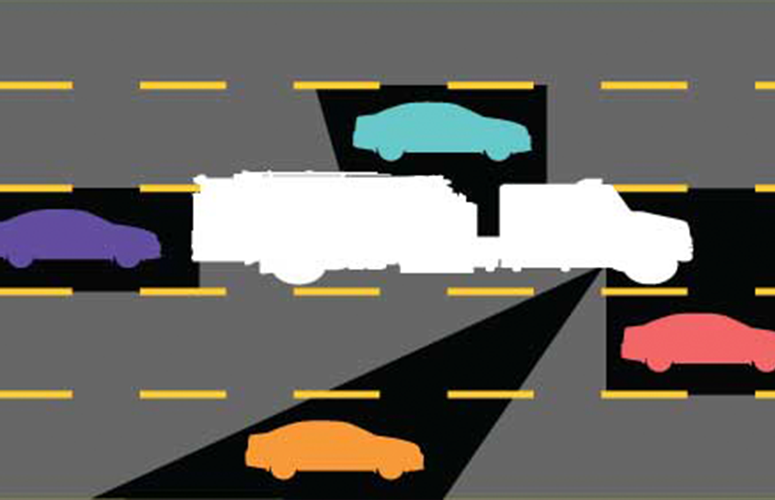Semi Truck Blind Spots When Driving
Blind spots when driving are alarming no matter what size car you have, but driving around large trucks is an especially frightening experience. The size and weight of these vehicles can completely interfere with your visibility of the road, surroundings, other vehicles, and traffic signs. If drivers are unaccustomed to driving around trucks, what to expect when passing them can be unclear.
Do You Have a Case?Trucks are unlikely to disappear from our roadways any time soon. Their revenues were over $700 billion in 2014 and are continually growing with each coming year. No matter how difficult it is to share the roads with trucks, they are here to stay.
Approximately 500,000 truck accidents occur in the United States every year, of which 5,000 (or 1 in 8) are fatal. It is important to know that trucks’ blind spots when driving are much larger than those of a typical, normal-sized car.
Because their cabs sit higher than regular car seats, it is a common misconception that truck drivers have superior visibility. The truth is, the hood of the cab hides part of the road in front of the truck, which compromises their ability to see other vehicles.
No-Zones
Many accidents are caused when a vehicle enters any of the truck’s blind spots when driving. A blind spot is an area where a driver loses sight of other vehicles. Truck blind spots are called “no-zones”, and each truck has four.
Following these simple guidelines may help prevent an accident:
- LEFT SIDE: If you cannot see the driver’s side view mirror, the driver cannot see you!
- FRONT: Do not drive in front of a truck unless you can see the entire front of the truck in your rear-view mirror.
- RIGHT: The blind spot on the right of a truck runs down the length of the trailer and extends out three lanes. When passing a truck, always go to the left.
- REAR: A truck driver cannot see you if you are driving behind it. It is best to drive 20-25 car lengths, or 4 seconds following distance, behind a truck and even more in bad weather. It is dangerous to pass a truck from a position too close behind it.
When passing a truck, a good rule is to do so only when you have a half mile of clear roadway ahead. Signal clearly and early when you are preparing to pass, as well as when you are re-entering your lane. Leave enough space in front of the truck when you re-enter your lane so that you don’t have to accelerate or complete the pass in a no-passing zone.
Because a truck is much heavier than a car, it takes twice as long to stop compared to a car. When driving in front of a truck, tailgating, slamming your brakes, or stopping suddenly increases the chance of an accident. You should be able to see the entire front of the truck, or both headlights, in your inside rear-view mirror before you pull back in front of a truck.
Following the above guidelines can help keep the roadways safe for all of us.
Do You Have a Case?Sources:
HAVE YOU BEEN INJURED?
Get The Bernstein Advantage® today!
Free. Simple. Quick.


